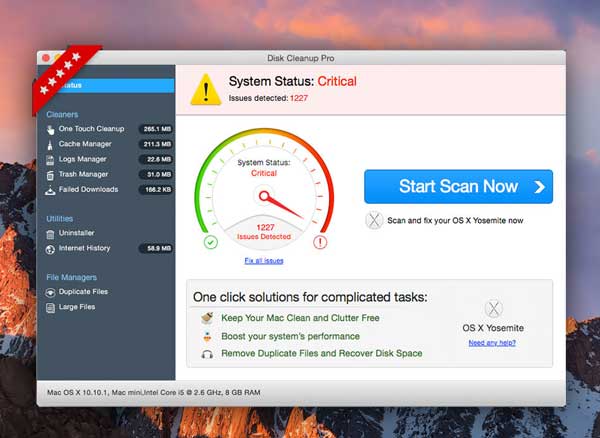

When you use a master disk image to create other DVDs or CDs, all data is copied exactly. It includes a copy of all sectors of the disk image, whether they’re used or not. DVD/CD master: Can be used with third-party apps.Read/write: This allows you to add files to the disk image after it’s created.Compressed: Compresses data, so the disk image is smaller than the original data.Read-only: The disk image can’t be written to, and is quicker to create and open.This is the name that appears in the Finder, where you save the disk image file before opening it.Ĭlick the Format pop-up menu, then choose an option: ”Įnter a file name for the disk image, add tags if necessary, then choose where to save it. Choose File > New Image, then choose “ Image from.Select a disk, volume, or connected device in the sidebar.You can then restore that disk image to another volume.
-Step-8.jpg)
#Disk image for mac free
For example, if a USB device or volume is 80GB with 10GB of data, the disk image will be 80 GB in size and include data and free space. With the Mac’s Disk Utility - which is found in the Utilities folder inside the Applications folder on your Mac’s drive - you can create a disk image that includes the data and free space on a physical disk or connected device, such as a USB device. Just create an image of that drive and store it. If you want/need to keep data from a Mac, you don’t need to keep the actual hardware around. They’re convenient for incremental backups since you can make as many different images as you want.You can copy one system to a large number of identical computers, which means you don’t have to set up every computer separately or set up the whole operating system from scratch.
#Disk image for mac pro
However, I’m using Catalina on a 16-inch MacBook Pro for this tutorial. These instructions apply, for the most part, to other versions of macOS besides Catalina. cdr file extension.ĭisk Utility creates the disk image file where you saved it in the Finder and mounts its disk icon on your desktop and in the Finder sidebar.
#Disk image for mac mac
#Disk image for mac mac os

If you want to keep data from a computer, you don’t need to keep the actual hardware around.This gives you the flexibility to change back to any preferred configuration. You can make as many different images as you want.

There’s no need to set up every computer separately or set up the whole operating system from scratch.There’s a lot of benefits to disk imaging, as noted by Dmitry Shesterin at. You can fill an empty disk image with data, then use it to create disks, CDs, or DVDs. In other words, it’s a file that contains other files and folders. A disk image (.dmg file) is a file that looks and acts like a mountable device or volume. Using the Disk Utility in macOS, you can create a blank disk image for storage.


 0 kommentar(er)
0 kommentar(er)
